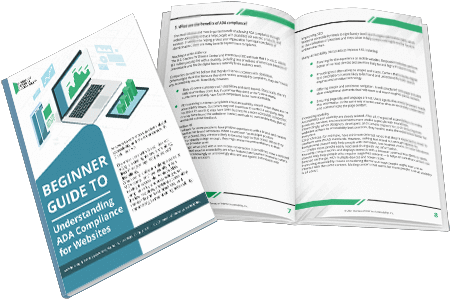- Accessibility Audits
- Compliance Roadmap
- Services & Tools
- Overview
- WCAG 2.1 A/AA Audits
- Support & Monitoring Options
- ErrorCast™ Automated Accessibility Audits
- On-Site Training
- Self-Paced Training
- a11y Digital Accessibility Scanning Platform
- Ongoing Customer Support
- Live 24/7 Accessibility Support for Your Website Visitors
- Remediation Services
- Letter of Reasonable Accessibility™
- Color Contrast Validator
- Industries
- Blog
- About

